Roatan Wildlife
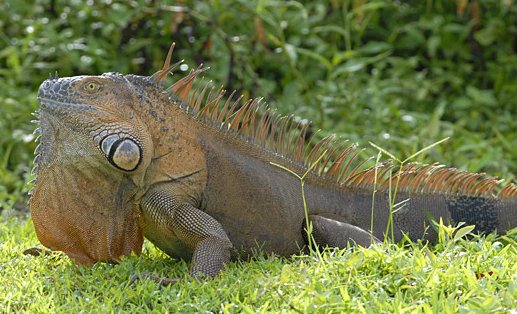 Roatan is full of various wildlife. There are so many
interesting creatures on Roatan that you could spend a great deal of
time just exploring them. Green Iguana were once very
abundant in Roatan but the locals considered them a delicacy
and today the iguana population is not what it used to be.
Iguana is known as "Caribbean Chicken" throughout the area.
Roatan is full of various wildlife. There are so many
interesting creatures on Roatan that you could spend a great deal of
time just exploring them. Green Iguana were once very
abundant in Roatan but the locals considered them a delicacy
and today the iguana population is not what it used to be.
Iguana is known as "Caribbean Chicken" throughout the area.
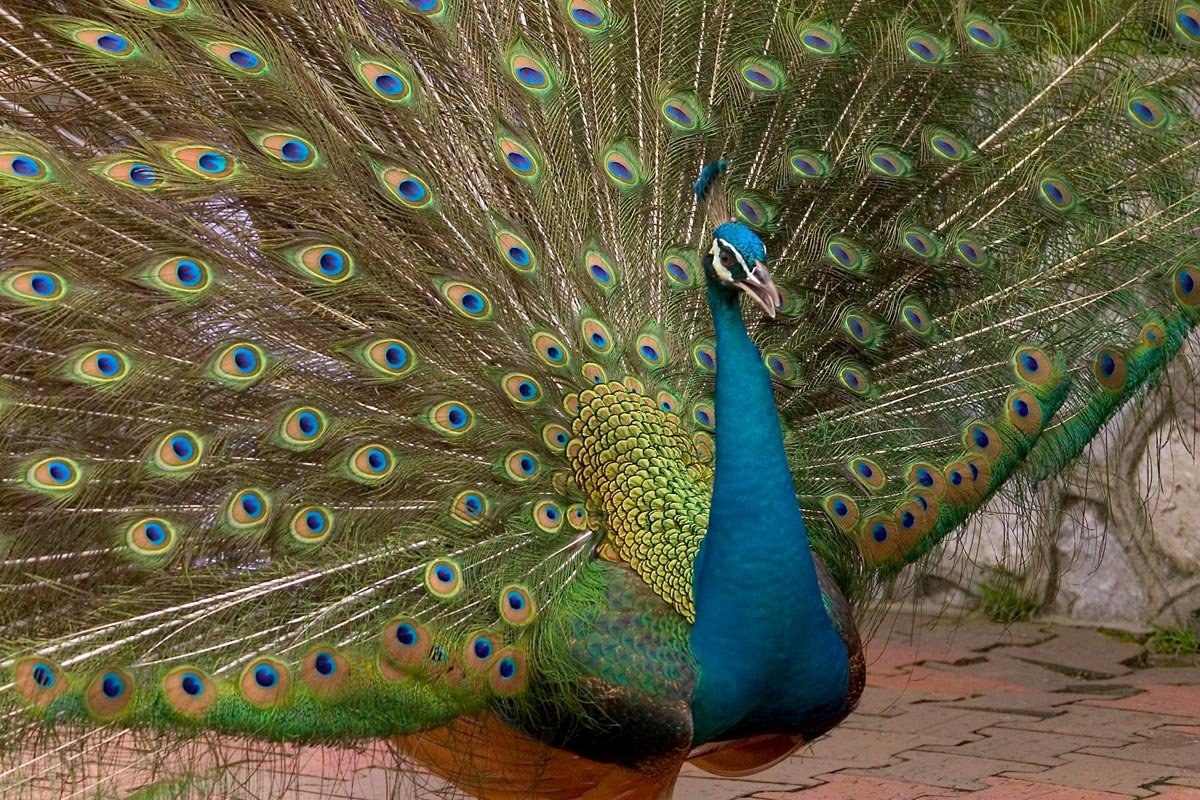 At the west end of Roatan is a beach and dive resort named
Fantasy Island that has a collection of peacocks. The
peacocks have been on Roatan since the 1950s and are not
native to Roatan. The peacocks are now well established on
Roatan and have a thriving population. It has been suggested
that the peacocks are an invasive species and should be
eradicated, however after 60 years of being on Roatan the
peacocks barely occupy less than 3 acres of Roatan. So it
doesn't seem like the peacocks are that much of a threat as
an invasive species.
At the west end of Roatan is a beach and dive resort named
Fantasy Island that has a collection of peacocks. The
peacocks have been on Roatan since the 1950s and are not
native to Roatan. The peacocks are now well established on
Roatan and have a thriving population. It has been suggested
that the peacocks are an invasive species and should be
eradicated, however after 60 years of being on Roatan the
peacocks barely occupy less than 3 acres of Roatan. So it
doesn't seem like the peacocks are that much of a threat as
an invasive species.
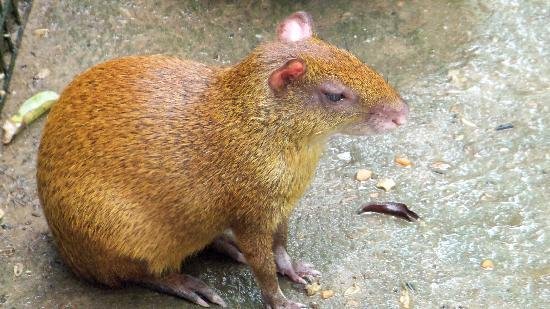 Roatan
also has a large population of a rabbit
like mammal, some call Hiatas. The Hiatas look like a mix of
a ground hog, a rabbit, and a guinea pig all mixed up
together. They are a nuisance to farmers and shot on sight
on most Roatan farms. The Hiatas on Roatan are very docile
vegetarians that are native to Roatan and mainland Honduras.
Roatan
also has a large population of a rabbit
like mammal, some call Hiatas. The Hiatas look like a mix of
a ground hog, a rabbit, and a guinea pig all mixed up
together. They are a nuisance to farmers and shot on sight
on most Roatan farms. The Hiatas on Roatan are very docile
vegetarians that are native to Roatan and mainland Honduras.
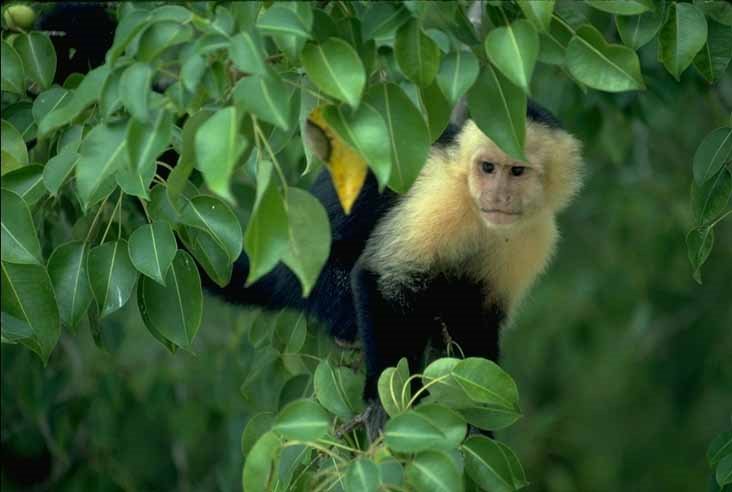 There
is also a troupe of white
faced monkeys, also known as "capuchins" are living on the
West End of Roatan. These monkeys are native to Central and
South America and are normally found living side by side
with people in Roatan. The white faced monkeys on Roatan are
very friendly and will accept handouts from people passing
by.
There
is also a troupe of white
faced monkeys, also known as "capuchins" are living on the
West End of Roatan. These monkeys are native to Central and
South America and are normally found living side by side
with people in Roatan. The white faced monkeys on Roatan are
very friendly and will accept handouts from people passing
by.
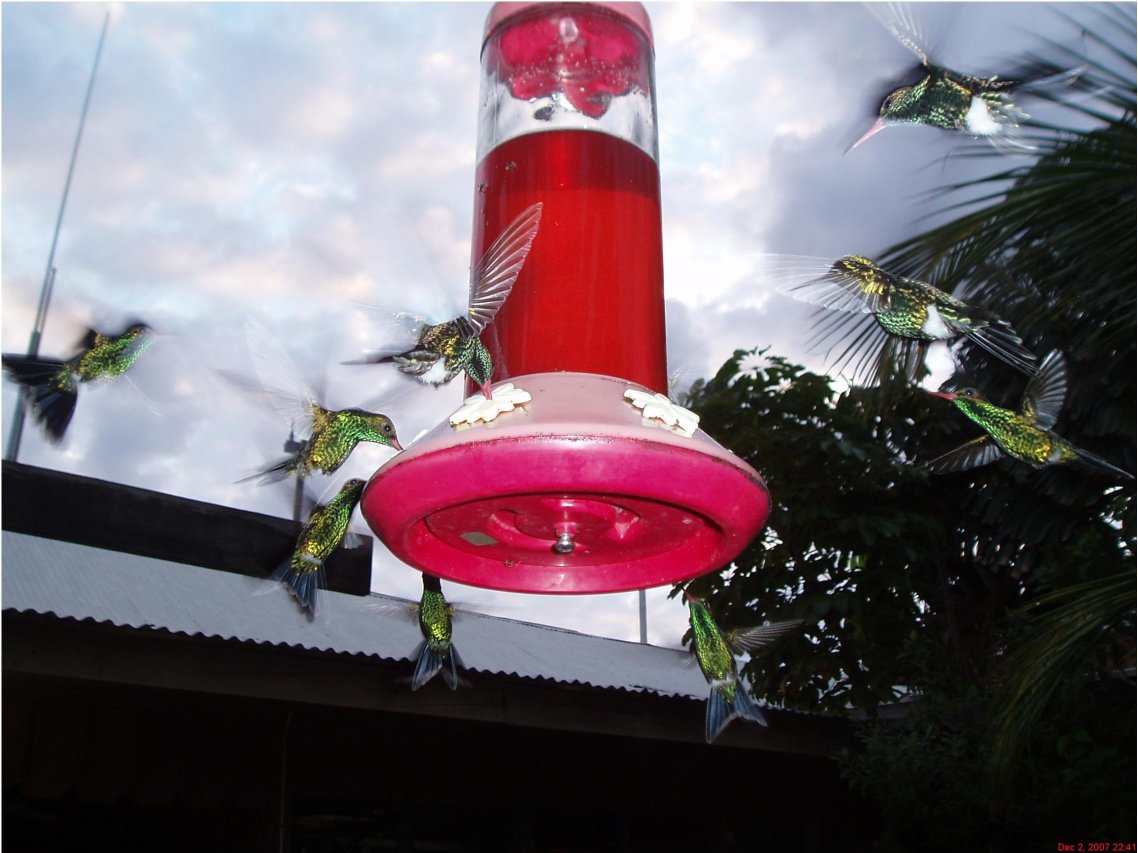 Also located on the west end of Roatan Island
is the Roatan Butterfly Garden, housing hundreds of species
of butterflies, some humming birds, and a couple of parrots
and toucans. Not very far from the Butterfly Garden is the
Roatan Institute for Marine Sciences and is n for their
dolphin shows, featuring dolphins doing various tricks.
Guests can arrange to swim or snorkel with the dolphins as
well. Cuero y Salado Wildlife Refuge protects many wildlife
animals including the endangered manatee, alligators,
turtles, monkeys, jaguars, and many species of fish and
birds. The refuge provides the animals with a variety of
vegetation in which they can flourish. Roatan zoo & island
adventure is also home to some interesting wildlife. The zoo
is helping in the rehabilitation of certain animals and is
also doing research to help these animals live long and
healthy lives. Some of the animals currently residing at the
zoo are a: spider monkey, crocodile, anteater, jaguar, 2
macaws, and a 3-toed sloth just to name a few.
Also located on the west end of Roatan Island
is the Roatan Butterfly Garden, housing hundreds of species
of butterflies, some humming birds, and a couple of parrots
and toucans. Not very far from the Butterfly Garden is the
Roatan Institute for Marine Sciences and is n for their
dolphin shows, featuring dolphins doing various tricks.
Guests can arrange to swim or snorkel with the dolphins as
well. Cuero y Salado Wildlife Refuge protects many wildlife
animals including the endangered manatee, alligators,
turtles, monkeys, jaguars, and many species of fish and
birds. The refuge provides the animals with a variety of
vegetation in which they can flourish. Roatan zoo & island
adventure is also home to some interesting wildlife. The zoo
is helping in the rehabilitation of certain animals and is
also doing research to help these animals live long and
healthy lives. Some of the animals currently residing at the
zoo are a: spider monkey, crocodile, anteater, jaguar, 2
macaws, and a 3-toed sloth just to name a few.
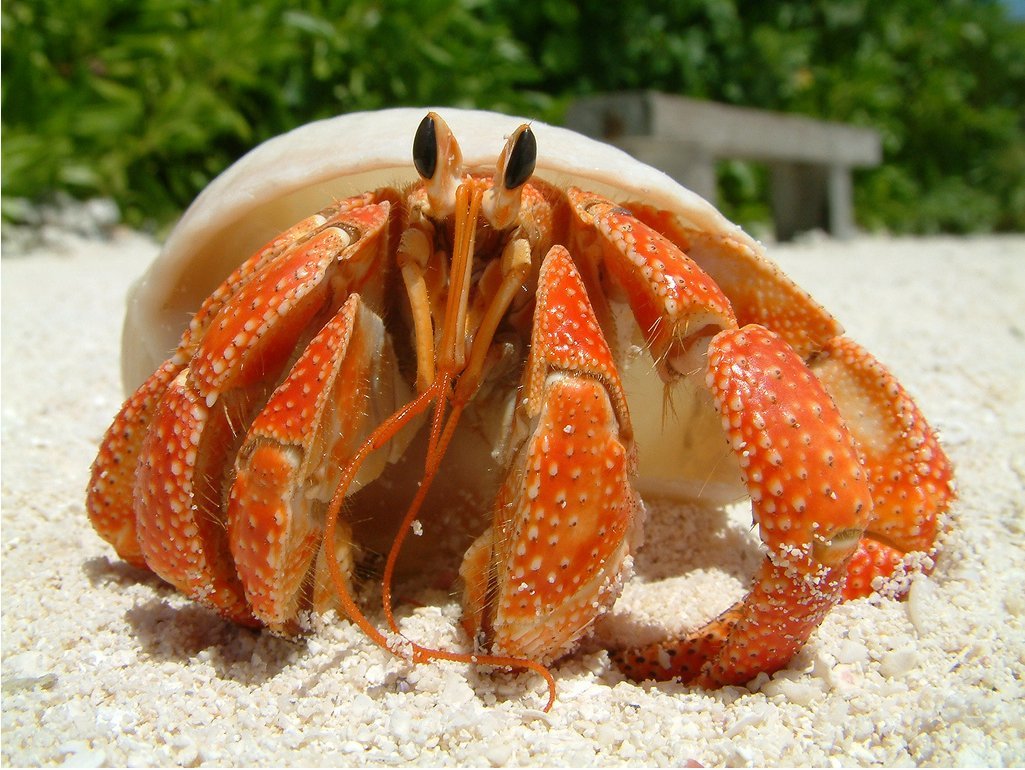 The
Marine life surrounding Roatan has the largest biodiversity
in the northern hemisphere. That is because the largest
barrier reef in the Northern Hemisphere surrounds the island
of Roatan, Honduras. Cameras are required equipment on
Roatan since you never know what beautiful sight you will
get to see next.
The
Marine life surrounding Roatan has the largest biodiversity
in the northern hemisphere. That is because the largest
barrier reef in the Northern Hemisphere surrounds the island
of Roatan, Honduras. Cameras are required equipment on
Roatan since you never know what beautiful sight you will
get to see next.